
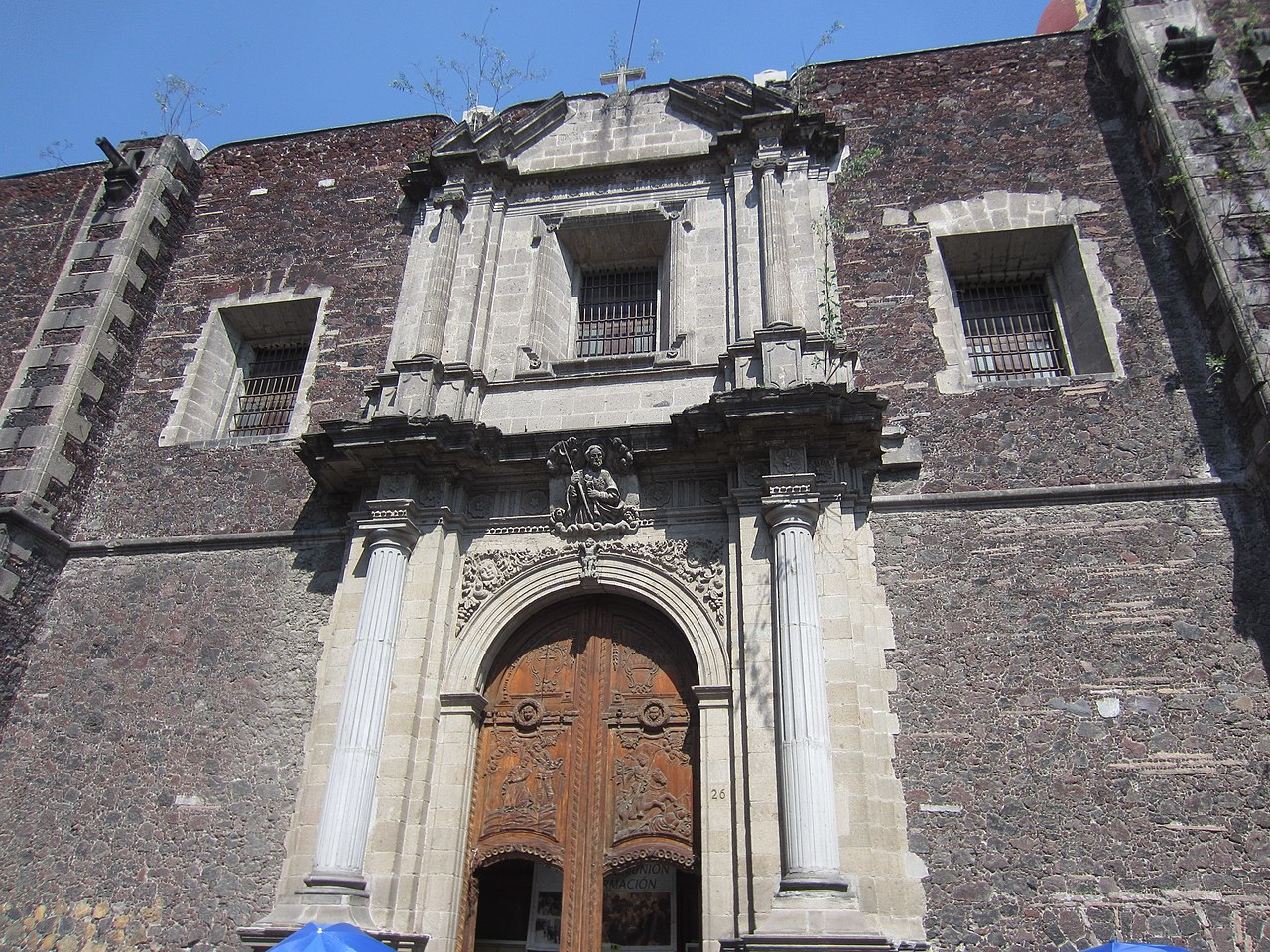
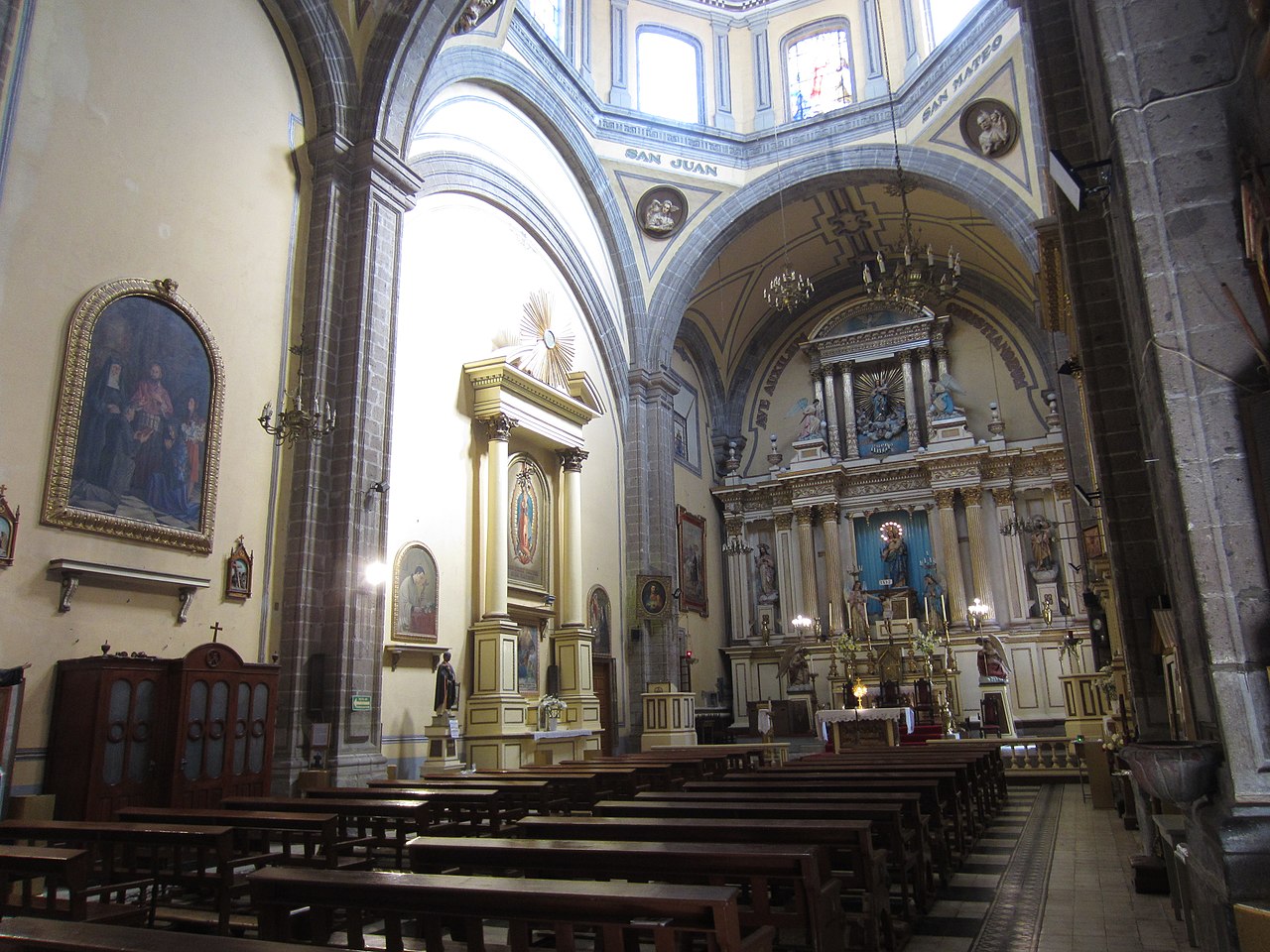
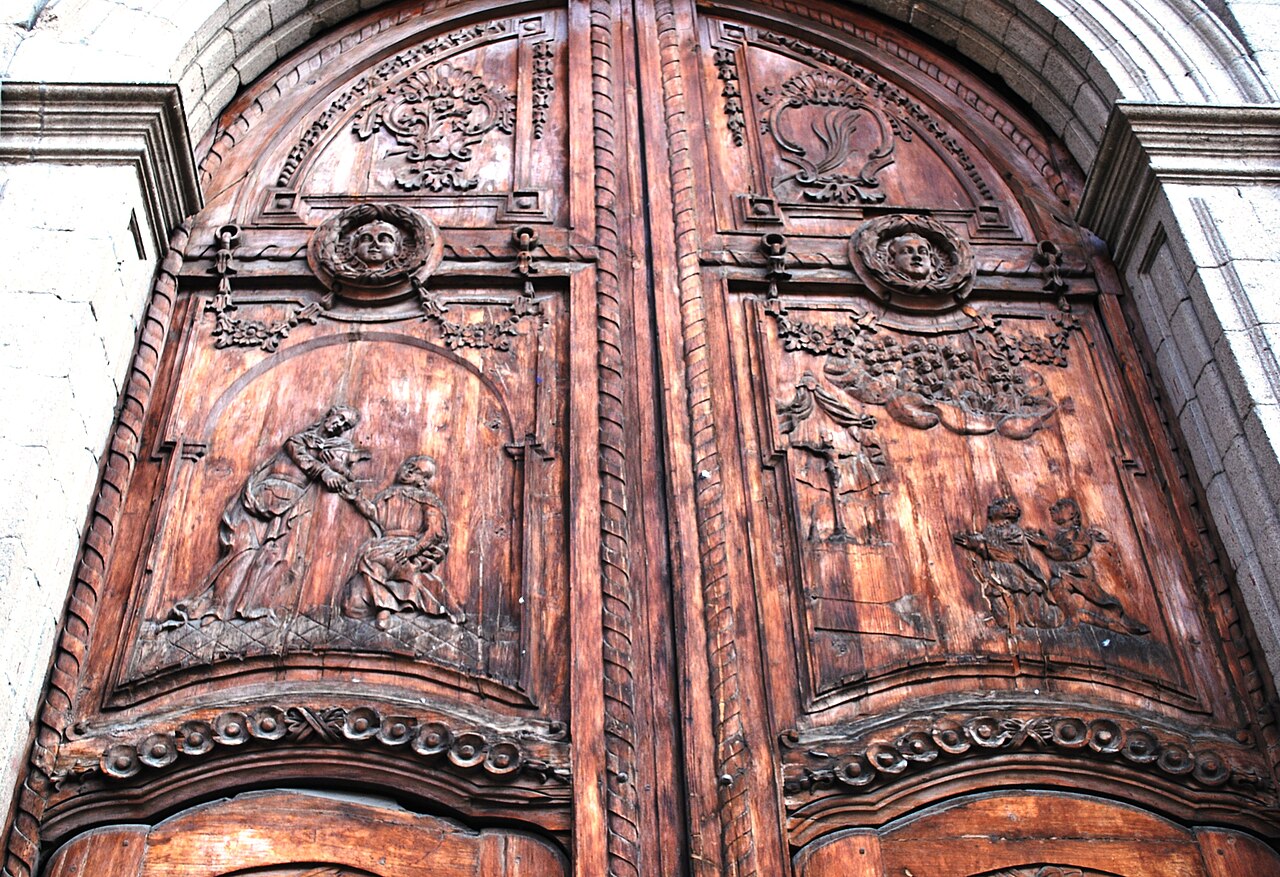
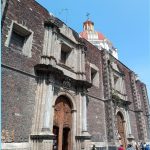 On the doors of this beautiful temple one can read the story of the martyrdom of Saint Agnes, that of Saint James the Apostle, and of the patronage of the Counts of La Cadena for the community of nuns in the convent.
On September 17, 1600, the first Conceptionist nuns entered the convent of Santa Inés, sponsored by the Counts of La Cortina. They maintained the temple and the convent in full luxury. The first abbess was Sister Catarina de San Juan.
The temple was rebuilt between 1783 and 1790. It was then re-decorated in a NeoClassical style by the masters of the neighboring Academy of San Carlos. Miguel Cabrera and José de Ibarra, two of the greatest painters of the novo-Hispanic Baroque, are buried in the altar of the brotherhood of the Virgen de la Luz. You can still admire on the wall over Academia Street, the niche with the carving of Saint Agnes.
On the doors of this beautiful temple one can read the story of the martyrdom of Saint Agnes, that of Saint James the Apostle, and of the patronage of the Counts of La Cadena for the community of nuns in the convent.
On September 17, 1600, the first Conceptionist nuns entered the convent of Santa Inés, sponsored by the Counts of La Cortina. They maintained the temple and the convent in full luxury. The first abbess was Sister Catarina de San Juan.
The temple was rebuilt between 1783 and 1790. It was then re-decorated in a NeoClassical style by the masters of the neighboring Academy of San Carlos. Miguel Cabrera and José de Ibarra, two of the greatest painters of the novo-Hispanic Baroque, are buried in the altar of the brotherhood of the Virgen de la Luz. You can still admire on the wall over Academia Street, the niche with the carving of Saint Agnes.
Heart of México Walking Route: Moneda - Santísima
< < Palace of Autonomy | Museo José Luis Cuevas > >
Proyecto “Corredor de Cultura Digital”.
Nombre de la investigación: Investigación Centro Histórico, Monumentos, Edificios y Puntos de Interés (2023)
Dirección de investigación y diseño de Rutas: Acércate al Centro A.C. Guadalupe Gómez Collada
Coordinación e investigación histórica: Fideicomiso del Centro histórico Dir. Maestra Loredana Montes
 +525555224561
+525555224561
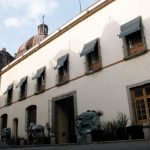
Nearest at 0.03 kms.
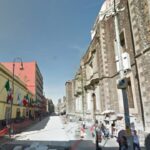
Nearest at 0.04 kms.
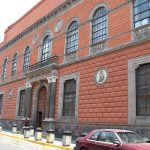
Nearest at 0.06 kms.
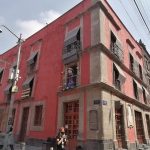
One of the Center City's most important cultural centers with a small fascinating museum...

The first Academy and Museum of Fine Arts in the Americas...

The former Santa Inés Church & Convent provides some lively competition on a City Center street.
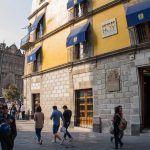
A museum dedicated to one of the oldest institutions in the hemisphere and its long role in Mexico City.
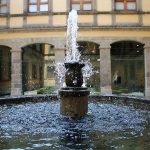
One of the leading museums of art in the country, the SHCP resulted just from tax payments - in art!